** NOTE ** Video Appears Below.
There may be nothing more misunderstood in the tight line game than floating the sighter. But it’s a great tactic that solves a lot of problems and offers some unique presentations that fool trout.
However, there’s a lot more to floating the sighter than simply laying line on the water. In fact, without a solid understanding of what’s going on, laying the floating the sighter can hurt the presentation.
Some Key Points
- The sighter is a poor suspension device, but it’s a great placeholder
- Floating the sighter is great for extending the tight line range.
- Everything in one lane is critical.
- Some water types are much more suitable for the tactic.
- Leader build matter, as does fly weight and rod choice
- Combining floating the sighter with pure tight lining in one drift is an excellent way to solve on-stream problems.
All of these points and many more are detailed in the following video. There’s a LOT of information in this one, and the resources provided below are a great jumping off point for exploring more.
PODCAST: Troutbitten | Critical Nymphing Concepts – Line on the Water – S10, Ep6
READ: Troutbitten | Casting – You Need Turnover
VIDEO: Troutbitten | The Golden Ratio of Nymphing
VIDEO: Troutbitten | Casting vs Lobbing
Here’s the video . . .
(Please select 4K or 2k for best video quality)
Fish hard, friends.
** Donate ** If you enjoy this article, please consider a donation. Your support is what keeps this Troutbitten project funded. Scroll below to find the Donate Button. And thank you.
Enjoy the day.
Domenick Swentosky
T R O U T B I T T E N
domenick@troutbitten.com


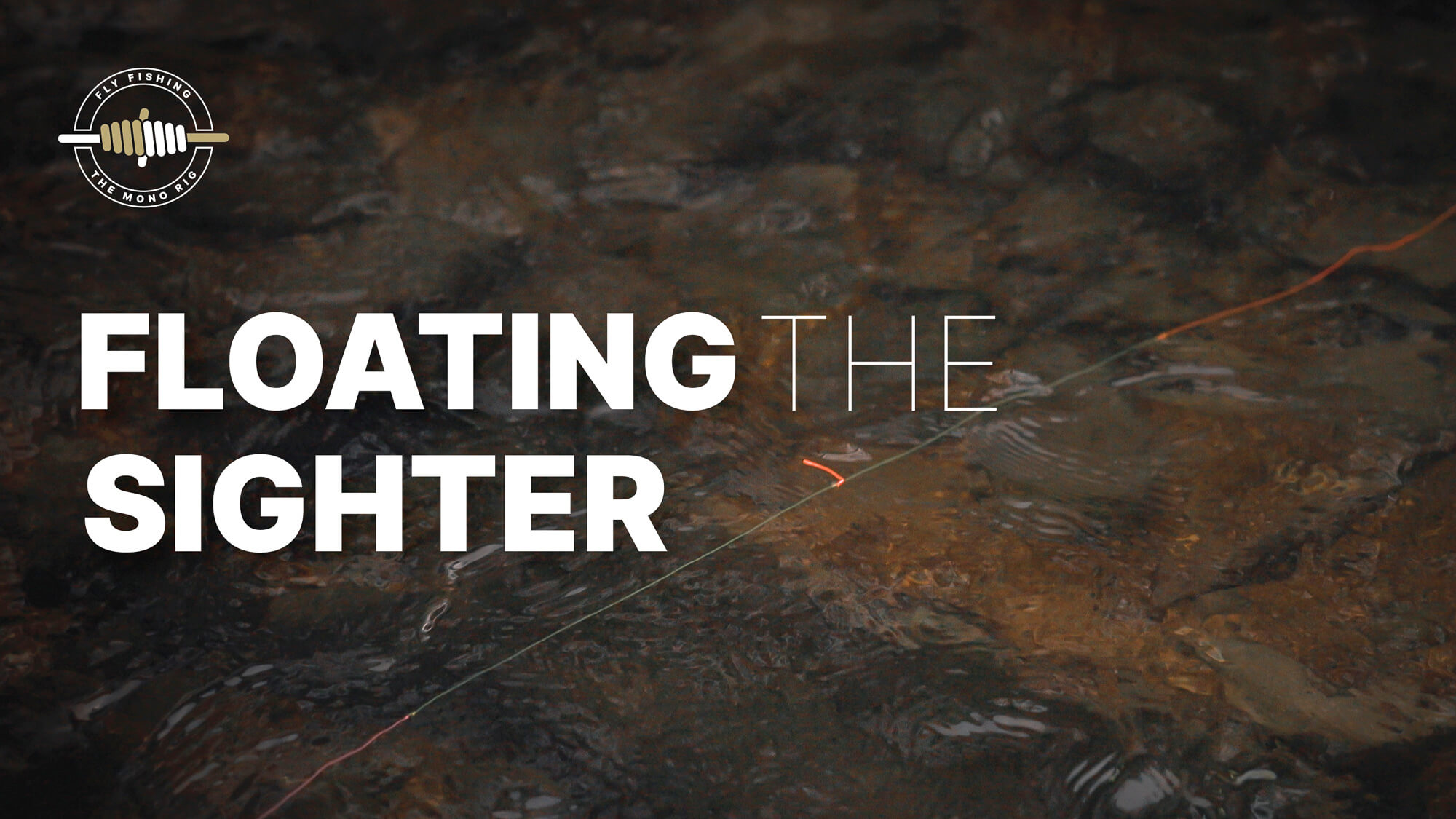
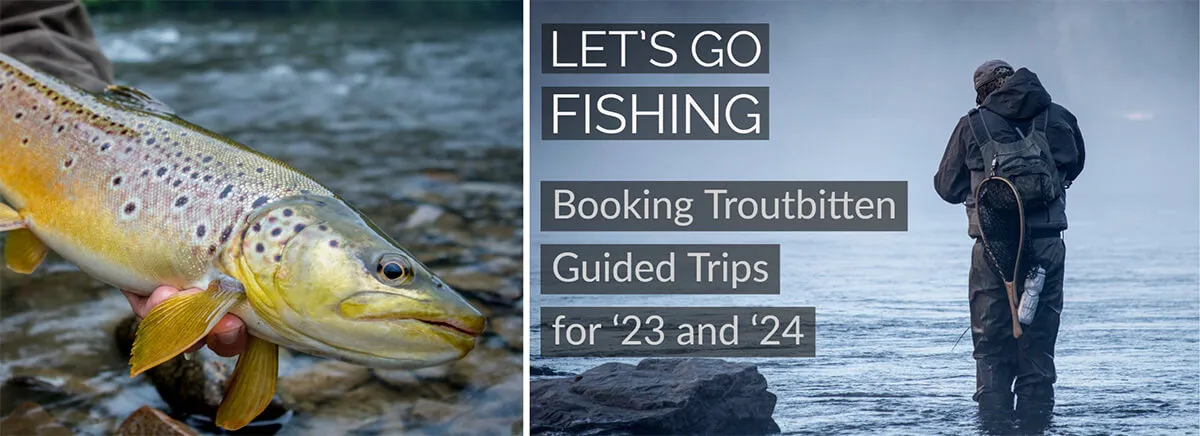

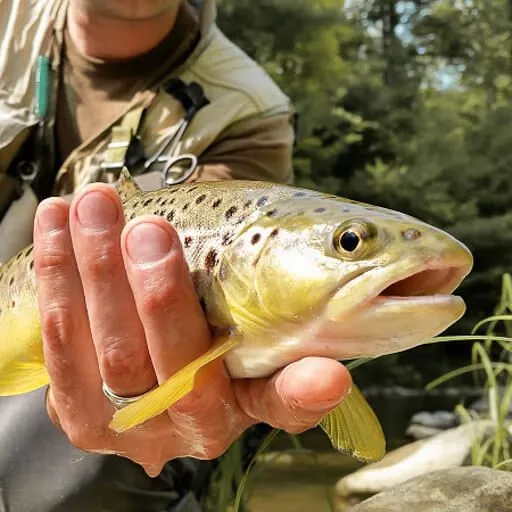


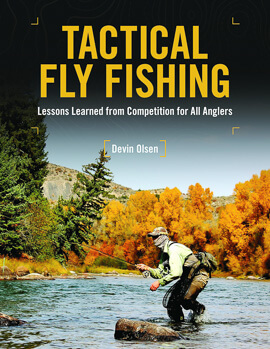
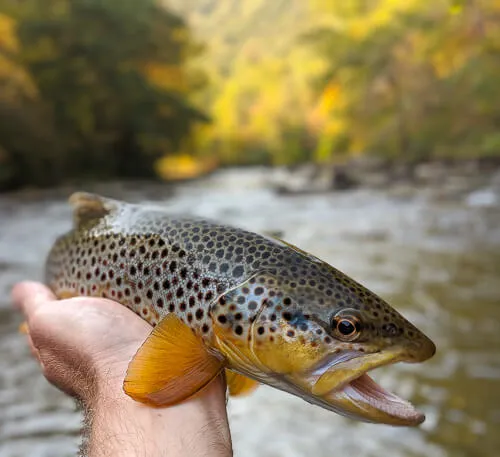

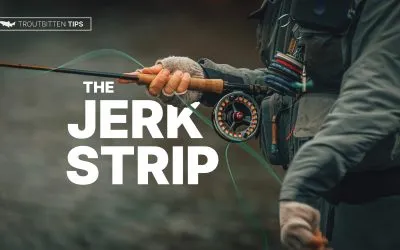






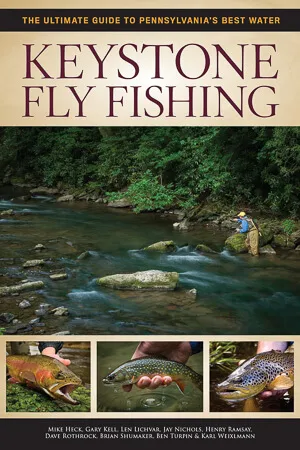
Thank you for posting this. I hope you do more videos like this. They are so helpful.
Well all right then. Good stuff!
I found that using two backing barrels on the sighter helps confirm that drifts remain in one seam when floating the sighter.
Applying silicone paste to the sighter (as you illustrated at the beginning of the video) is a big help too.
Thank you for yet another thoughtful idea.